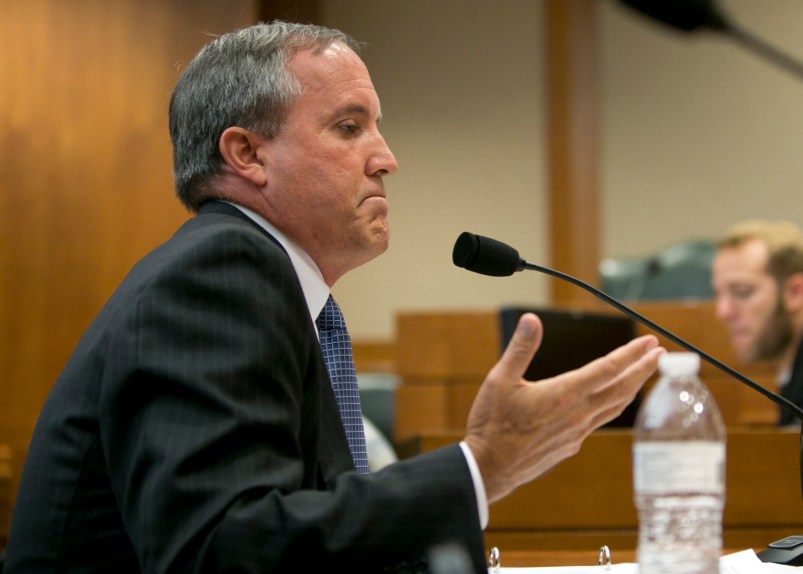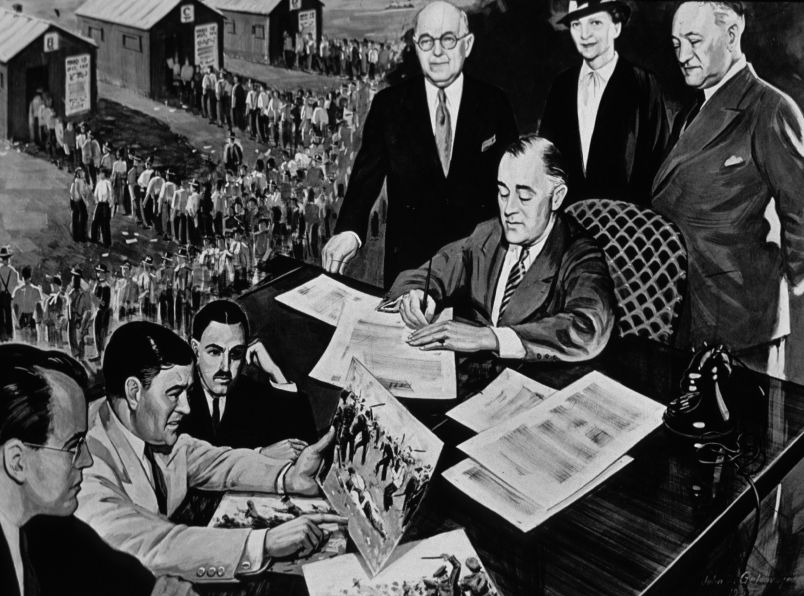My coauthors and I have been doing research on families in bankruptcy for more than twenty years. I never really wanted a role in politics, but like many things in life, when the bankruptcy bill came thundering down the tracks, there wasn’t really much choice. Supporters of the bankruptcy bill railed on about irresponsibility and fraud. Our research was one of the few pieces of hard data about what was going on. It offered a very different picture of families in desperate financial trouble.
In a remarkable piece of timing (the article had been submitted for publication more than a year earlier, but academic journals are very slow), our recent study on medical bankruptcies was published in Health Affairs, the premier health policy journal, just a week before the Senate took up the bankruptcy bill again. As a result, people committed on the political question took after the study. So here’s a quick Q&A; with my students that might be useful:
1) What is the study you report on in Health Affairs?
The overall project involves five law professors, the dean of a law school, two medical school professors, two sociologists and a finance professor. Their areas of expertise include law, medicine, demography and housing. The universities represented are University of California at Los Angeles, Harvard University Medical School, Harvard University Law School, University of Iowa, University of Las Vegas at Nevada, Ohio University, University of Pennsylvania, and the University of Texas. The Ford Foundation and the Robert Wood Johnson Foundation did most of the funding. The study has gone through various forms of peer review and human subjects approval, and the medical study was blind review (the gold standard for academic research). The medical bankruptcy portion was the work of two Harvard doctors, an Ohio U. sociologist and me.
2) What did you say in the study?
There were many ways to measure medical bankruptcy, from the family that was crushed by massive medical bills (medical debt) to the person whose bills were picked up by insurance but who was flatted by eight weeks with no income (job loss) to the family that paid off huge medical bills by putting a second mortgage on the house and who now can’t manage the mortgage and all their other bills (migrating debt). We said that reasonable people could make the count different ways, but that the data suggested that about 44.2%-54.5% of the families filing bankruptcy could fairly be classified as medical bankrupts. We extrapolated those numbers, which would mean about 750,000 households filing for bankruptcy, or about 1 million people (counting husbands and wives who file together). Once the children, the elderly dependent parents, and the non-filing spouses are counted, the total rises to about 2 million.
These families were mostly middle class, with good educations and decent jobs. About three-quarters of them had health insurance at the onset of the illness or accident that eventually bankrupted them.
3) Is it true that you included drug addiction and gambling in the definition of medical bankruptcy?
Yes, we reported data on addition and gambling—but it made very little difference on the overall numbers. About 2.5% families described the costs of dealing with addiction and 1.2% reported uncontrolled gambling. Many of those families had other medical problems—children with serious illnesses, car accidents, a terminal illness in the family, etc. If all of these families were somehow disqualified from consideration as medical bankruptcies, then the top range of the estimate of medical bankruptcies would drop from 54.5% to 50.8%.
4) Why include these people at all? Isn’t this their own fault?
My physician coauthors felt strongly that a family driven to bankruptcy to pay for drug rehab treatments for a teen-aged son should be included in medical bankruptcies. They also thought that a family that lost everything when an out-of-control husband ran up hundreds of thousands of dollars in debts at casinos should be included. If a family described their reason for filing as addiction or uncontrolled gambling we reported it, but we also gave the exact percentages so that anyone who wanted to exclude these people could do so—and could see that it wouldn’t change the overall finding.
5) What about everyone who had more than $1000 in out-of-pocket medical costs?
We reported on those people, and we noted that the median out-of-pocket medical costs were $11,854.
6) Why include these people?
Most of them had much higher debts, and they were included because they also described medical problems had pushed them into bankruptcy. But even the lowest possible number—$1000 in out-of-pocket costs—was a real burden for these people. The average income when they filed for Chapter 7 bankruptcy was $19,188, which means that even the minimum out-of-pocket medical cost was more than 5% of their annual income.
7) What would change if you left them out?
Again, the difference would be modest. In the published report, we didn’t have the room to run every possible permutation, but if we exclude as a medical bankruptcy anyone who was classified only because they put a second mortgage on the house to pay medical bills AND anyone who lost more than two weeks of income because of an illness or accident AND anyone who had medical bills at the $1000 or higher level, we would still be left with 47.3% of the sample describing their medically-related bankruptcies. In other words, even if several criteria are taken out, there are still nearly 1 million people filing for bankruptcy in the aftermath of a medical problem.
8) Is yours the only study that finds medical bankruptcies?
No. A month before our study was published, the Salt Lake City Tribune (go here, here, here, here, here, and here) analyzed 1,053 randomly selected cases filed in 2003-04 in Utah. They found 60% of the cases involved medical debts, a point they discussed at length. Another academic study in which I participated [link] pointed in that same direction based on 1999 data. A new study in progress from the Commonwealth Fund is reported to find that 29 million Americans—14% of all adults—are in serious medical debt, which means they have put large medical bills on their credit cards, taken out second mortgages on their homes or are in a payment plan with their hospital or other provider.
9) So what’s the bottom line?
Over the past decade, millions of Americans families have turned to the bankruptcy system to deal with the financial fallout from serious health problem. Some of them have come forward to tell their stories. The bankruptcy bill speeding through Congress treats every one of them exactly the same way it treats a person who took expensive vacations or who went to the mall too many times.
Several amendments were introduced to the bankruptcy bill to cut a break for the families laid low by medical problems, but each one was voted down. According to this bill, they are all deadbeats who need to be squeezed harder.








